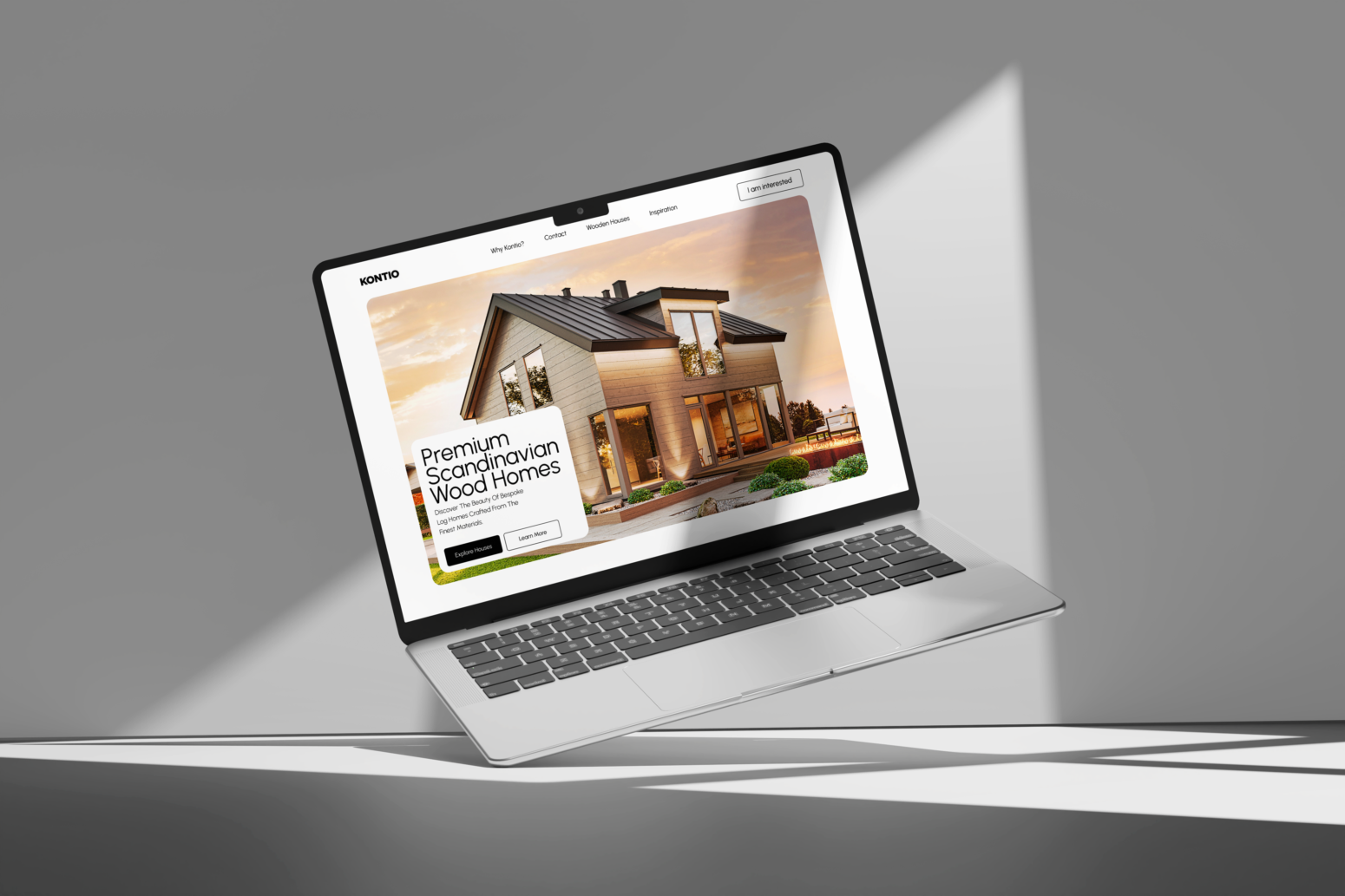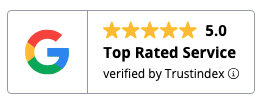
As a web designer who once worked as a product designer at Uber, I’ve spent years learning what makes a website tick and, more importantly, what makes it sell. If you’re a small business owner in Rotterdam, you don’t need a complicated website. You need one that’s designed with purpose and packed with features that drive conversions. Let me share some of the most essential features that will turn your e-commerce site into a sales machine.en. Geloof me, als webdesigner die ervaring heeft met het bouwen van websites voor talloze kleine bedrijven en zzp’ers in Rotterdam—van bakkers en kapsters tot aannemers en loodgieters—is een op maat gemaakte website een echte game-changer. Een website laten bouwen is meer dan alleen een digitaal visitekaartje; het is een essentieel hulpmiddel voor groei, geloofwaardigheid en concurrentie, vooral voor MKB-bedrijven.
Table of Contents
- Why Mobile-Friendly Design is Non-Negotiable
- Speed: Because Patience is Thin in the Digital Age
- Clear, Intuitive Navigation – No One Wants to Play “Hide and Seek”
- Secure Payment Gateway – Because Trust Matters
- The Power of Reviews and Testimonials
- Product Pages That Do More Than “List”
- Simple and Fast Checkout Process
- SEO: Because Even the Best Websites Need Traffic
- Email Integration for Continued Engagement
- Conclusion: Turning Your E-commerce Website into a Sales Machine
- Let’s Work Together

Hi there! I’m Karina, a web designer based in Rotterdam, and I specialize in helping small businesses like yours create websites that work. Over the years, I’ve helped countless businesses build their online presence, and I can tell you, having a well-made WordPress & Shopify website can be a game-changer.rina, a Rotterdam-based web designer and founder of Design by Karina, where I create websites that make an impact.
Why Mobile-Friendly Design is Non-Negotiable
Let’s be real: we all live on our phones. In fact, over 50% of web traffic comes from mobile devices, and it’s no different in Rotterdam. If your website isn’t optimized for mobile, you’re not just inconveniencing potential customers—you’re losing them.
When I was working at Uber, mobile-first design was a top priority. We had to make sure that drivers and customers could navigate the app seamlessly, no matter what device they were using. The same goes for your website. Your e-commerce site should load quickly and be easy to use on a phone or tablet.
Imagine your customer is checking out your site while commuting on the tram. If your website isn’t responsive, they’ll move on to a competitor’s store that’s easier to navigate. Don’t give them that chance! A mobile-friendly design ensures that no matter where your customer is, they can easily browse, add products to their cart, and check out.
Speed: Because Patience is Thin in the Digital Age
Nobody likes waiting, especially online. A slow-loading site can cost you sales. For every second your page takes to load, conversion rates drop dramatically. It’s harsh, but it’s true.
Back at Uber, we obsessed over speed. Our goal was to make sure every screen loaded instantly because we knew that if someone’s app stalled, they wouldn’t hesitate to switch to another ride-hailing app. For your e-commerce site, the stakes are just as high. If your website doesn’t load in two seconds or less, your potential customer could abandon their cart and never return.
Here’s a tip: keep an eye on image sizes. Many e-commerce sites slow down because the product images are too large. Compress your images and use a reliable hosting provider. These small tweaks can make a huge difference in how fast your site loads and, ultimately, how many sales you make.
Clear, Intuitive Navigation – No One Wants to Play “Hide and Seek”
Your customers shouldn’t have to dig through your website to find what they need. Whether it’s a specific product or your contact info, it should be available within a few clicks.
During my time at Uber, we simplified complex user flows to make the app as easy to navigate as possible. The same principle applies to your website. The goal is to minimize the effort your customer has to make to find and buy what they’re looking for. This means having an intuitive menu, clear product categories, and easy access to the shopping cart.
Take a moment to imagine you’re a customer visiting your website for the first time. Can you find the top-selling products quickly? Is the checkout button easy to spot? If not, it’s time to rethink your site’s layout.
Secure Payment Gateway – Because Trust Matters
Picture this: a customer is excited about their purchase, but as they’re about to enter their payment information, they notice your website doesn’t have a secure payment gateway. What happens? Most likely, they’ll click away and never come back.
Customers need to know their financial data is safe. Incorporating trusted payment gateways like iDEAL (especially popular in the Netherlands) or PayPal can help build this trust. Displaying SSL certificates and security badges can reassure your customers that their transactions are protected.
When I was designing secure flows at Uber, the goal was always to make the experience frictionless while keeping security a top priority. You can do the same by giving your customers a range of secure payment options, which can significantly increase the chances of them completing a purchase.
The Power of Reviews and Testimonials
I’m sure you’ve read online reviews before making a purchase—your customers do the same. People trust other people’s opinions, and reviews or testimonials act as social proof. Including reviews on your product pages can be the extra push someone needs to finalize their purchase.
In my experience at Uber, we relied heavily on user feedback to improve the app. Listening to what users had to say helped us create a better experience. For your e-commerce website, reviews can help you showcase happy customers and build credibility.
Encourage your customers to leave reviews after their purchase. Send them a friendly follow-up email with a link to leave a review, and don’t forget to display these reviews prominently on your product pages.
Product Pages That Do More Than “List”
Your product pages are your salespeople. If they’re bland, you’re missing out on sales. Think of it this way: would you buy from a store that has one blurry photo and a two-word description? Probably not.
A well-optimized product page should have:
- High-quality images from multiple angles.
- Detailed descriptions that answer customer questions (size, materials, benefits, etc.).
- Videos or tutorials (if relevant) to show the product in use.
- User-generated content (such as photos or reviews from happy customers).
When I was at Uber, we constantly worked on making our interfaces more engaging, using visuals and clear messaging. Your product pages should do the same: engage customers, provide all the necessary details, and make the product irresistible.
Simple and Fast Checkout Process
Have you ever been on the verge of buying something but bailed because the checkout process was too long or complicated? Your customers have, too. A complicated checkout process is one of the biggest reasons for cart abandonment.
At Uber, we streamlined everything—fewer steps meant happier users. For your e-commerce site, the key is simplicity. Offer guest checkout options so users don’t have to create an account, and make sure your forms auto-fill when possible. The faster your customer can pay, the more likely they’ll complete the transaction.
Consider adding Rotterdam-specific options like local delivery or pick-up, especially if you’re catering to customers in your area. This local touch can make a big difference.
SEO: Because Even the Best Websites Need Traffic
It’s one thing to have a beautiful website, but if no one can find it, what’s the point? Search engine optimization (SEO) ensures that your website shows up when someone searches for products or services like yours.
In my time at Uber, we used SEO to improve visibility in local markets. For your Rotterdam-based business, you need to optimize your site for local search terms like “Rotterdam e-commerce,” “best online shop Rotterdam,” or even product-specific keywords.
Don’t forget to optimize your product descriptions, meta tags, and image alt text. Local SEO is especially important—consider setting up a Google My Business profile to target local customers searching for nearby businesses.
Email Integration for Continued Engagement
Even after your customer makes a purchase, the relationship shouldn’t end there. Email marketing is a great way to keep your customers coming back. Offering discounts to first-time buyers or sending follow-up emails for abandoned carts are simple but effective ways to increase sales.
When I worked at Uber, we used personalized emails to keep users engaged with the app. You can do the same for your e-commerce site by offering promotions, product updates, or even personalized recommendations based on their purchase history.
Conclusion: Turning Your E-commerce Website into a Sales Machine
Having an e-commerce website that sells isn’t rocket science, but it does take a bit of strategy. By focusing on features like mobile optimization, fast loading times, secure payments, and clear navigation, you can transform your online store into a conversion powerhouse.
If you’re a Rotterdam business owner ready to take your e-commerce site to the next level, I can help. With years of experience working for a global company like Uber and specializing in web design for small businesses, I know what it takes to create a website that not only looks great but drives real results. Let’s build a website that works as hard as you do for your business!
_____________________________________________________________________________________________
_____________________________________________________________________________________________
📧 Email: hello@designbykarina.com
📱 Instagram: @websitebykarina
GET IN TOUCH


One Response